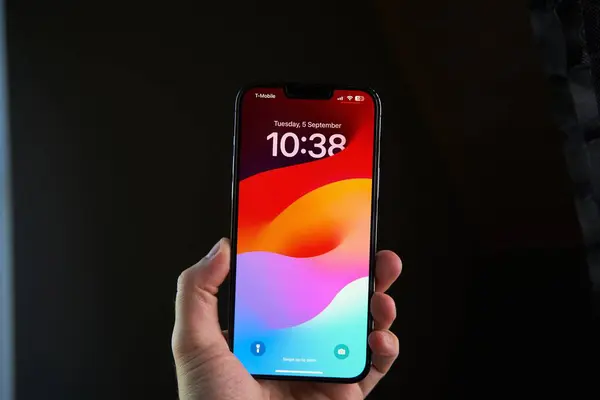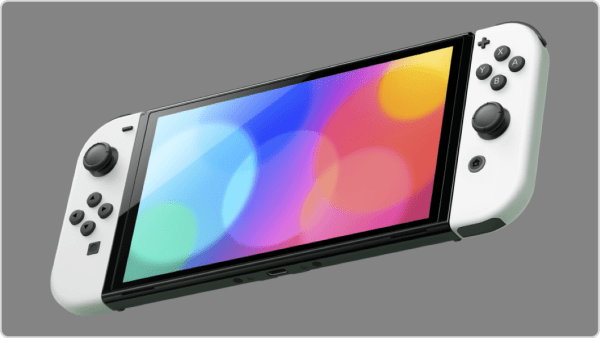Apple's iPhone 17: Navigating Tariffs, Innovation, and Pricing Strategies

Apple is reportedly contemplating price increases for its upcoming iPhone 17 lineup, a move influenced by recent U.S. tariffs on Chinese imports. While the company aims to avoid directly attributing these hikes to tariffs, the financial impact is significant. Analysts suggest Apple may instead highlight new features, such as AI capabilities and design enhancements, to justify the increased costs to consumers.
The introduction of the iPhone 17 Air, rumored to be Apple's thinnest iPhone yet at approximately 5.5mm thick, exemplifies the company's strategy to offer premium features that could warrant higher prices. This model is expected to feature a 6.6-inch OLED display and a unique camera design, positioning it as a high-end option in the lineup. Such innovations may help Apple maintain its profit margins without overtly linking price increases to external economic factors.
Despite efforts to diversify its supply chain by shifting some production to India and Vietnam, Apple remains heavily reliant on Chinese manufacturing. This dependency exposes the company to geopolitical risks and tariff-related costs, which are challenging to mitigate fully. The recent U.S.-China trade agreement offers temporary relief, but uncertainties persist regarding future trade policies.
Apple's approach to pricing may also involve subtle adjustments, such as reducing free storage options and charging more for upgrades, rather than increasing base prices. This tactic allows the company to enhance revenue without drawing attention to price hikes, a strategy that could be more palatable to consumers.
The company faces the challenge of balancing innovation with affordability, especially as consumers become more price-sensitive. Recent data indicates a surge in iPhone upgrades driven by concerns over potential price increases, suggesting that consumers are responsive to pricing strategies and external economic factors.
Apple's investment in AI features, such as the anticipated Apple Intelligence suite, represents another avenue to add value to its products. By integrating advanced capabilities, the company can differentiate its offerings and potentially justify higher prices, aligning with consumer expectations for cutting-edge technology.
The competitive landscape also influences Apple's pricing decisions. With rivals like Samsung introducing premium models such as the Galaxy S25 Edge, Apple must ensure its products offer comparable or superior features to maintain market share. This dynamic necessitates continuous innovation and strategic pricing to appeal to consumers.
In summary, Apple's potential price increases for the iPhone 17 series reflect a complex interplay of external economic pressures and internal strategic considerations. By emphasizing innovation and employing nuanced pricing tactics, the company aims to navigate the challenges posed by tariffs and maintain its position in the competitive smartphone market.
As the release of the iPhone 17 approaches, consumers and industry observers will closely monitor how Apple balances these factors. The company's ability to effectively communicate the value of its new offerings will be crucial in determining the success of its pricing strategy.
What's Your Reaction?





















